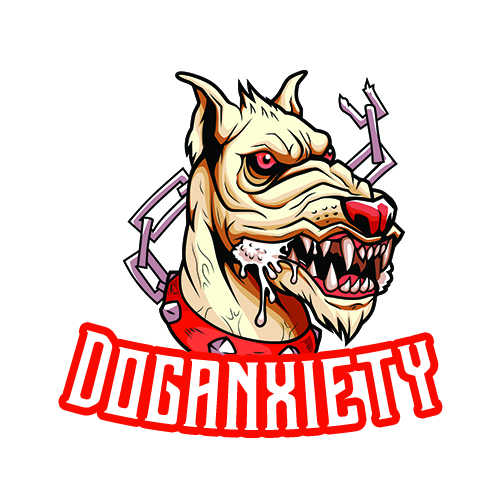Breeds that are most prone to
AnxietyAnxiety can occur in many forms in dogs. Let’s see how to recognize them:
Compulsive licking:
The dog repeatedly and frantically licks the legs, genitals, truffles or flanks. It is not a question of keeping oneself clean, but of a sign that should alert you to one’s mental state. However, compulsive licking may also be a sign of an allergy.
Self-injury:
A dog that nibbles its tail, flanks, paws or scratches its nails seeks to calm its anguish.
Jerky breathing:
When under stress, the dog, like the human, has superficial and shallow breathing. His heart rate tends to increase. As for panting, it may be accompanied by squeaks or crying.
Destruction:
Your dog is destroying everything he finds on his way when you’re away? He may be suffering from separation anxiety. Attacking the objects around him allows him to release his tensions.
Regular, unspecific movement:
If he moves around the house, goes to bed, then gets up almost immediately, goes back and forth, it is likely that your dog is anxious. Like a caged lion, the expression says, which is quite justified since captive cats in zoos suffer a lot of stress. These repeated movements are called stereotypes.
Apathy:
Contrary to what one might think, anxiety in dogs can also be manifested by an apathetic attitude. He sleeps a lot? No longer responds to requests? Does not show interest anymore? These reactions should alert you to his psychic state.
Nerve pimple:
Your dog loses his hair in patches? No doubt the stress is already well established and chronic. This was the case when I adopted the one that would become mine at the SPA: abandonment and confinement caused him great anxiety, resulting in very pronounced pains. Everything went back to normal shortly after the adoption.
Unusual physical appearance:
Your dog with stress may have drawn features, curls up and ears pulled back.
Digestive problems:
In some cases, stress will be manifested by diarrhea or vomiting, although it may also be the consequence of other health problems.
If a simple excess of stress from your dog may seem normal, this type of behavior can quickly become a problem.
Thus, the dog’s anxiety can drift towards significant behavioral disorders:
- aggression;
- bites;
- destructive behavior of the dog;
- excessive attachment to the master;
- refusal to stay alone, etc.
To avoid comforting the dog in his anxiety, it is therefore necessary to react quickly and not to comfort an anxious dog in his bad habits.
So Which dog breeds are more prone to separation anxiety?”
its an important question to ask yourself if have a dog or planning to get one . The worst dog breeds for separation anxiety are more prone to bad behaviors, anxiety, stress and upset stomach
